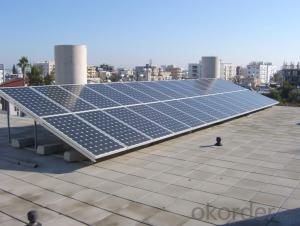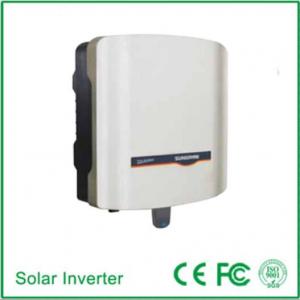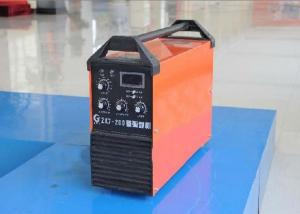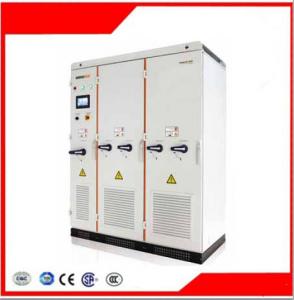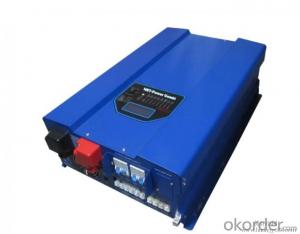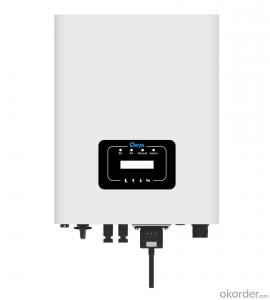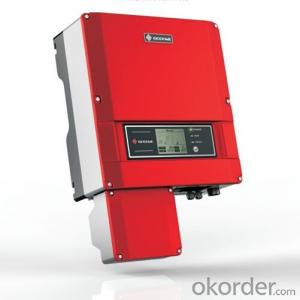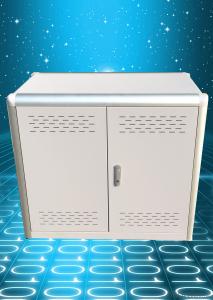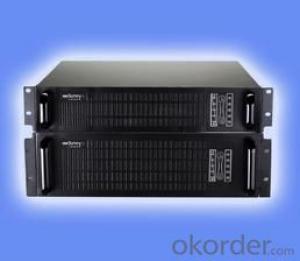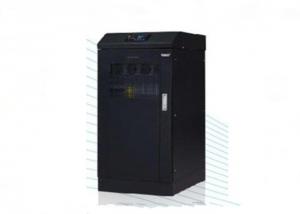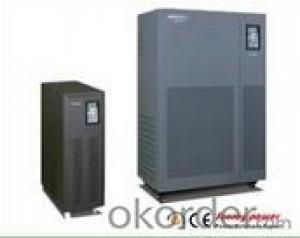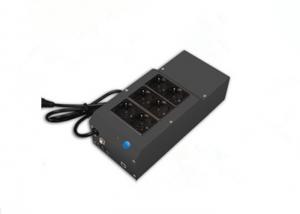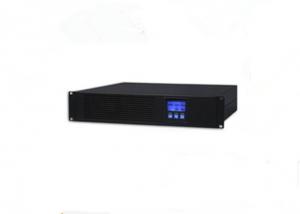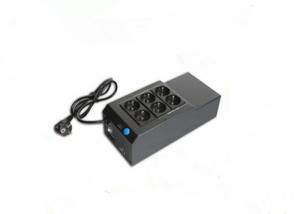Sma Solar Inverter Germany
Sma Solar Inverter Germany Related Searches
Sma Solar Inverter Sma Solar Technology Inverter Solar Sma Inverter Solar Inverter Sma Sma Solar Micro Inverter Sma Solar Panel Inverter Sma Solar Hybrid Inverter Germany Solar Inverter Sma Hybrid Solar Inverter Sma Commercial Solar Inverter Sma Solar Inverter Price Sma Solar Inverter App Sma Three Phase Solar Inverter Sma 100 Kw Solar Inverter Solar Inverter Made In Germany Sma Solar Inverter Warranty Sma 5kw Solar Inverter Siemens Solar Inverter Austrian Solar Inverter Gamma Solar Inverter Solar Inverter Italy Sunshine Solar Inverter Schneider Solar Inverter Solar Solar Inverter Sun Solar Inverter Samsung Solar Inverter Srne Solar Inverter Solar Inverter Malaysia Solar Inverter Poland Solar Inverter SystemSma Solar Inverter Germany Supplier & Manufacturer from China
SMA Solar Inverter Germany is a leading manufacturer of high-quality solar inverters known for their efficiency and reliability. These products are designed to convert the direct current (DC) generated by solar panels into alternating current (AC) that can be used by homes and businesses. The inverters are engineered to optimize energy yield and ensure a seamless integration with various solar panel systems, making them a crucial component in solar energy generation.SMA Solar Inverter Germany products are widely used in residential, commercial, and industrial applications. They are particularly beneficial in scenarios where there is a need to harness solar energy for power generation, such as in off-grid systems, grid-tied systems, and hybrid systems. These inverters are also used in large-scale solar power plants, where they play a vital role in managing the flow of electricity from the solar panels to the grid or storage systems.
Okorder.com is a prominent wholesale supplier of SMA Solar Inverter Germany products, boasting a substantial inventory that caters to the diverse needs of customers worldwide. The company is committed to providing top-tier solar inverters at competitive prices, ensuring that customers have access to reliable and efficient solar energy solutions. With a focus on customer satisfaction and quality assurance, Okorder.com has established itself as a trusted source for SMA Solar Inverter Germany products in the global market.
Hot Products
